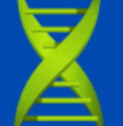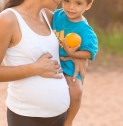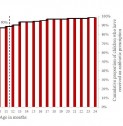Thérèse Kearns
Honorary fellow
Qualifications:
PhD, Menzies School of Health Research, Charles Darwin University, 2014
Master of Applied Epidemiology, Australian National University, 2002
Graduate Diploma Community Health Nursing, University of South Australia, 1996
Graduate Certificate Child, Adolescent and Family Health Nursing, Flinders University, 1993
Registered Midwife, Mater Misericordiae Mothers' Hospital, 1991
Registered Nurse, Wimmera Base Hospital, 1989
Certificate IV Training and Assessment (TAE40110), Australian College of Training and Employment, 2011.
Approved level of HDR supervision at Charles Darwin University:
Principal Supervisor for PhD
Location:
Biography:
Thérèse, more commonly known as TK, has been at Menzies since 2006 and is currently employed in the Tropical and Global Health and Education Division.
TK has over 15 years of experience working in rural and remote Aboriginal communities in WA and NT as a nurse/midwife and epidemiologist. Her research projects have predominantly been in population and public health areas for neglected tropical diseases (scabies, strongyloidiasis and lymphatic filarisis), streptococcal infections, intestinal parasites, maternal and childhood anaemia, disease surveillance and mass drug administrations. TK has built strong relationships in East Arnhem and the Katherine region and is actively engaged in community consultations for the development and design of new projects and research translation of project results. She lectures in the Masters of Public Health and supervises PhD and Masters students.
TK has contributed to successful grants attracting over $3 million in project funding and $500 000 in scholarship/fellowship funds.
Research Themes
- Anaemia
- Indigenous health
- Skin disease
- Parasitic diseases








